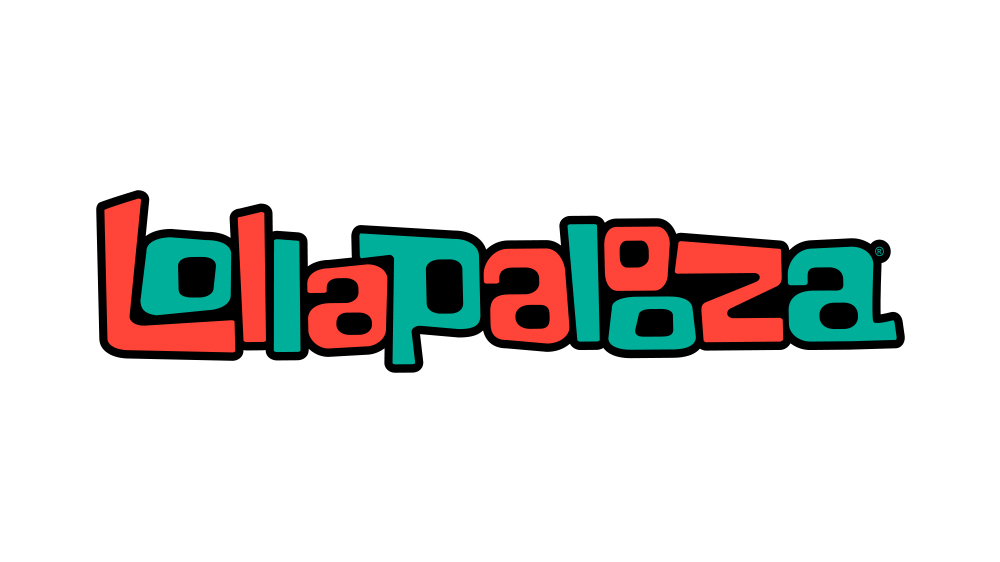The annual music festival, Lollapalooza, has become a much-loved event. The four-day festival has been operating since 1991 and yet it still attracts people from across the USA and around the world. This enduring success is an impressive feat, so we’ve taken a look at the way the Lollapalooza brand was established, the meaning behind the name, and how the festival has managed to remain relevant even after all of these years.
The Origin of Lollapalooza
The idea for Lollapalooza was born in 1990 when co-founder, Perry Farrell, decided to do a farewell show for his band Jane’s Addiction. The concept of the event was quite unique at the time. Unlike other big music festivals like Woodstock that operated as a one-time event, Lollapalooza was designed as a touring show. The first Lollapalooza consisted of numerous shows held at different venues across the USA and Canada between mid-July and late August. With a diverse lineup of impressive acts across the alternative rock, rap, and industrial music genres, the inaugural Lollapalooza was a huge success, even being dubbed by MTV as the “tour of the summer”.
In addition to the extended design of the festival, Lollapalooza stood out from the crowd due to the inclusion of non-musical features. The music was obviously the focus, but there were also circus and freak sideshows, virtual reality gaming, stalls promoting political awareness, and art exhibitions. The collection of activities established the Lollapalooza brand as more than simply a music festival, but a cultural event that drew like-minded individuals together.
The triumph of the initial Lollapalooza event was supported by the popularity of alternative rock, with the genre exploding during the early 1990s. Even now, that first tour is renowned for being hugely successful. It was rated as the best concert in the last 35 years by Spin, a title that demonstrates the festival’s impact and long-lasting reputation.
The Ups and Downs of Lollapalooza
Despite the significant and surprising success of the first Lollapalooza music festival, it wasn’t all smooth sailing for the event. The first tour attracted crowds interested in alternative bands, those that weren’t entirely visible in the mainstream music scene, however, the second Lollapalooza featured headline acts that had already experienced considerable success on the music charts. This disappointed many of the original fans and the subsequent tours in 1992 and 1993 did not perform as well as the inaugural event.
These tours did, however, see the introduction of interactive activities. It was during these years that Lollapalooza expanded to become more than just a music festival, and instead a participatory, cultural experience. While attendees were generally happy with these additional activities, they were not happy with the associated increase in ticket prices. Patrons were also disgruntled by the expensive price tag on food and water.
By 1996, Farrell had taken a step back from Lollapalooza to focus on other projects. The producers of that year’s event made the controversial decision to book Metallica as the headlining act, which angered fans and the cofounder. Farrell played no part in the planning of the 1996 event, yet he made it clear that he disagreed with the decision by quitting the tour altogether.
After heavy criticism, the event coordinators attempted to return to Lollapalooza’s roots in 1997. The tour went ahead with a mixed response, but as fate would have it, the event was the last. It obviously didn’t achieve the success it needed as the producers were unable to book a headlining act for 1998 and the tour was cancelled.
Following a hiatus that lasted several years, Lollapalooza was resurrected by Farrel when he gathered Jane’s Addiction once again in 2003. The event performed moderately, with the high cost of tickets discouraging many people from attending. In 2004, the event was cancelled mid-tour due to a lack of ticket sales.
The event wasn’t truly revived until 2005 when Farrell joined forces with Capital Sports and Entertainment to produce a two-day festival in Grant Park, Chicago. It proved to be a success and since then, Lollapalooza has gone from strength to strength, establishing itself as an iconic festival that is known the world over.

Where did the Lollapalooza name come from?
The name ‘Lollapalooza’ was chosen by Perry. He has said that he heard the word when watching a Three Stooges movie and it stuck with him. The term dates back to the 19th Century and means extraordinary or impressive, and Perry thought this was well suited to his festival vision. Over the years the word has also been used to describe a large lollipop, which is why Lollapalooza’s initial logo consisted of a figure holding a lollipop.
How has the Lollapalooza name played a role in the success of the brand?
There’s no denying that Lollapalooza has experienced a rollercoaster when it comes to its success over the years. It has had some serious lows and some serious highs, but in the end, prevails as one of the largest and most well-known festivals in the world. This is largely in part to the Lollapalooza name and the important role it has played in branding.
Despite the downfalls of the festival, the name still conjures up images of the wildly successful first event and the positive history of the brand. It’s unique, catchy and sounds fun, making it the perfect name for an event that is as engaging and diverse as this festival. Without it, the festival may not have bounced back from the challenges it experienced quite as easily. In fact, it might not have recovered at all.
We understand what it takes to find the perfect name for your business to give it every chance of sustained success. Check out our tips to find an enduring brand name idea like Lollapalooza. Still struggling to find that perfect name? Try utilizing a powerful AI-driven business name generator to use as a springboard for creativity.






Leave a Reply